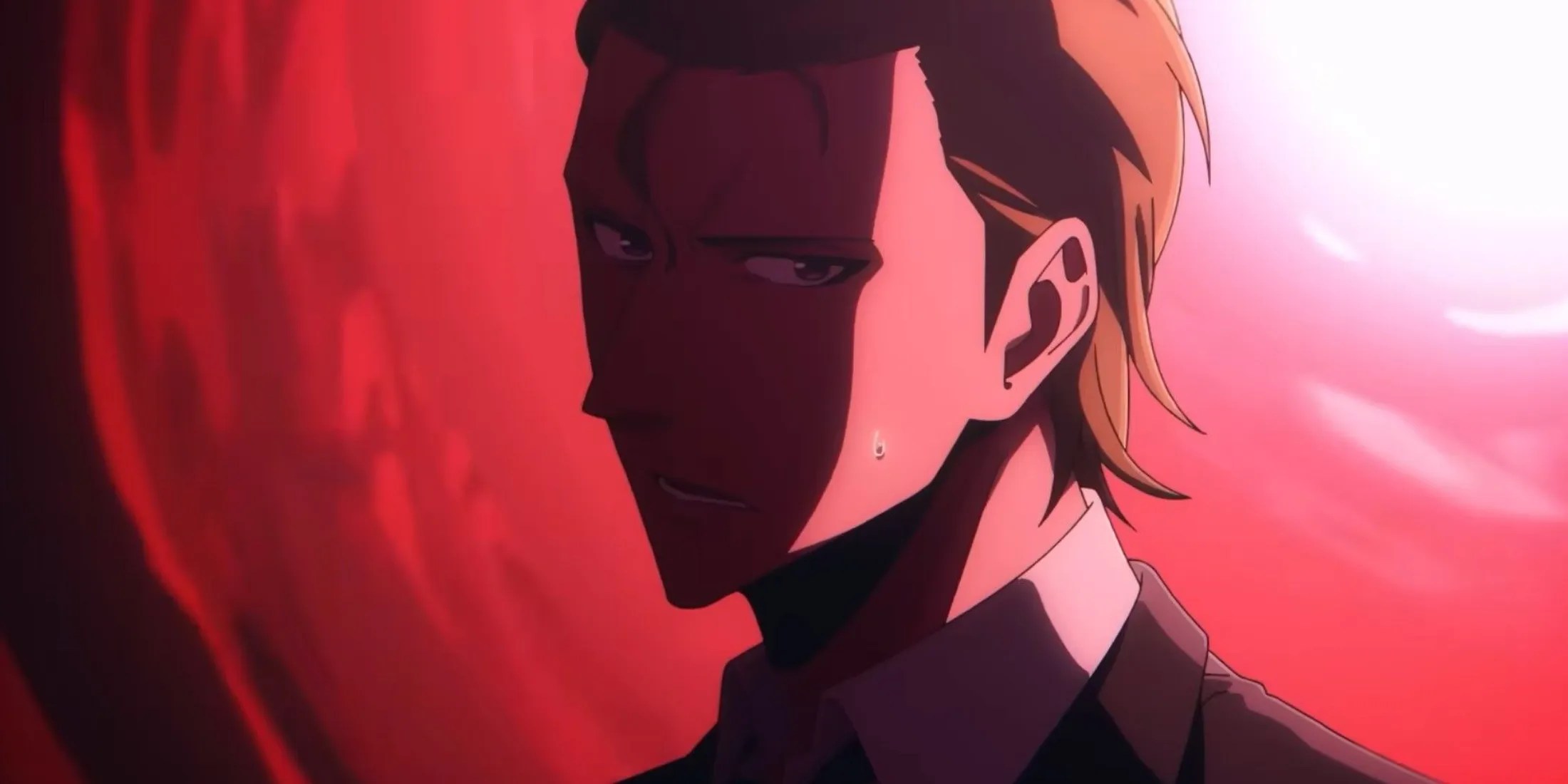Quick Links
The following contains spoilers for the Solo Leveling manhwa.
In the world ofSolo Leveling, hunters are tasked with entering and defeating the dungeon gates before the monsters can threaten the whole of humanity and escape into the real world. To this end, hunters form guilds and try to eliminate nearly every dungeon we have seen so far before a “dungeon break” happens.
However, as we have seen with Jeju Island, sometimes powerful gates do end up breaking into the real world. While this may seem like a failure of the hunters, it has actually been a common tactic in theSolo Levelingworld’s history to allow S-rank gates to break on their own. While this may seem counterintuitive for protecting the Earth, there are often good reasons not to stop gates before they break.

Mitigating Uncertain Danger
Dungeon Breaks Were Much More Common in the Past
The story we see inSolo Levelingtakes place around 10 years after the dungeon gates started appearing across the Earth. As this new phenomenon swept throughout the planet, dungeon gate breaks were much more common occurrences than they are in the current story. One reason for this is that hunters were starting to awaken and were still figuring out their powers. There were also no major guilds or organizations set up to deploy and tackle gates in a timely manner.
“More than a decade ago, a series of pathways appeared connecting our world to another dimension, ushering in untold horrors.” -Chairman Go Gunhee

Even as hunters eventually became more coordinated and learned how to form expedition groups with their class roles, going into dungeons to fight monsters was dangerous. Sometimes it was preferable to intentionally allow a dungeon gate to break because this allowed hunters to fight the monsters on their home turf. Eventually, hunters become good enough that going into dungeons becomes the more efficient way to deal with monsters, but this method of allowing dungeon breaks still persists for higher-ranked gates.
When a dungeon gate with S-ranked magic energy is detected, sometimes hunters will prefer to wait it out instead of taking it head-on. This is because there are very few S-rank hunters who could even stand a chance against the monsters. If they had to infiltrate the dungeon to defeat them, it lowers their chance of success.S-rank hunters are a valuable resourceand can’t afford to be risked in this way, unlike hunters of lower tiers.

Many countries in the story also don’t have many S-rank hunters to rely on, meaning their best chance against these gates is to fight them in an advantageous environment where every hunter can fight at their best. We see later in the story that this happens to Japan.They don’t have enough S-rank huntersleft to clear an S-rank gate, so the Japanese hunters are forced to wait outside it and call for help from the Korean hunters.
Some gates also present a logistical problem that makes waiting for them to break more ideal. For example, some gates appear in the sky, making traveling to them very difficult. Sometimes the preparations needed to ensure a good raid take longer than the gate has left before it breaks. This means making preparations outside the gate may be a better use of time than gathering the resources for a risky infiltration raid if the gate is likely to break soon anyway.
What Happened At Jeju Island?
An S-Rank Gate That Got Out of Control
The anime doesn’t provide many details about the circumstancessurrounding the break at the Jeju Island gate. However, we know that the monsters that emerged from the gate could evolve and overwhelm even S-rank hunters rapidly. Despite the combined efforts of Korean Hunters fighting the ant army, they failed multiple expeditions and abandoned the plan to exterminate them.
For nearly four years,the ants were allowed to grow, roam, and evolve to the point that they could grow wings and move to other locations. This forced the hunter’s hand, though it was onlythrough the intervention of Sung Jinwoothat the last expedition was a success.
Hunters try to maximize their survivability, but unfortunately, cooperation between hunters from different nations can be tricky. This means that while it is often a good strategy to wait for dungeon breaks to happen naturally to give hunters the best chance, sometimes, like with Jeju Island, it makes more sense to take the gates head-on to prevent a prolonged battle on the Earth’s surface. When deciding whether to attack the gate directly or wait for a break, hunters must balance their chance of success with the risk that a gate could pose to civilians. Hopefully, as the anime adapts more material from the story, we will see the worldbuilding around the gates explored more deeply.